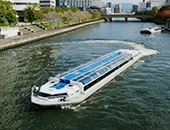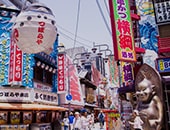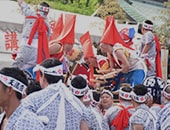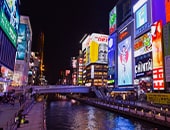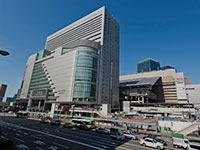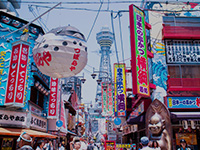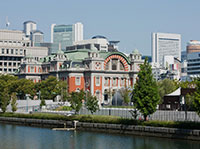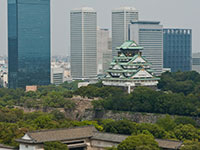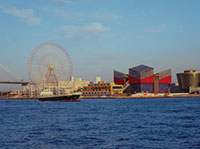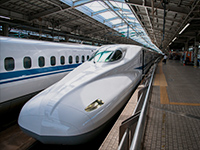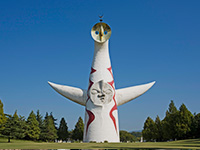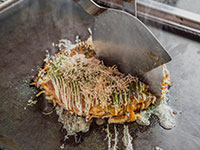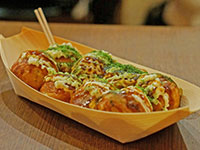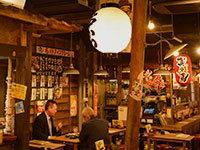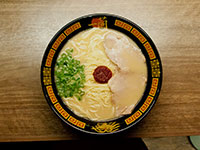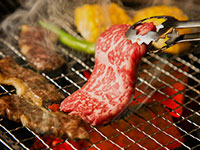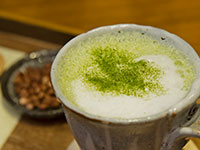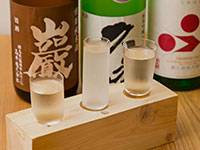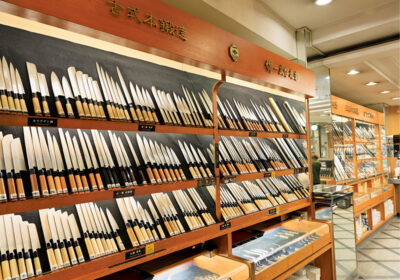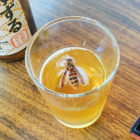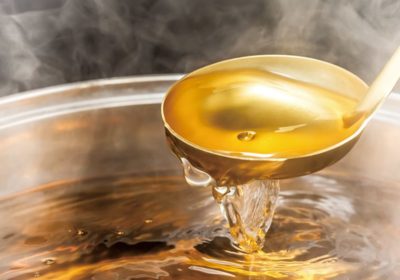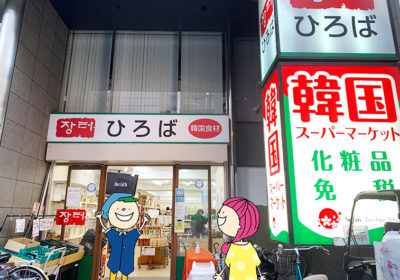

Osaka Bob FAMILY
The Cutting-edge of Japanese Food Culture: Find the Perfect Knife at Sakai Ichimonji Mitsuhide!
Hello everyone!
My name is Natiyda. I’m from Thailand and I love Osaka.
I want to introduce you all to a knife shop in Osaka’s famous Dōguyasuji street—Sakai Ichimonji Mitsuhide. The street itself is known for the amazing variety of and quality of kitchen supplies. This is the place to go for chefs and restauranteurs!
Sakai Ichimonji Mitsuhide is nestled in amongst rows of specialty shops, and they specialize in Japanese knives from Sakai, a city in Osaka Prefecture renowned for blade-making.
Sakai knives are particularly beloved by many chefs in Japan. And recently, the blades are sought after by chefs from overseas as well.
So why is Sakai Ichimonji Mitsuhide so popular? I went to the store to see for myself and here is what I found out.
[Contents]
Sharp Japanese Knives Enhance the Flavors of Ingredients
Japanese knives are gaining a lot of attention from chefs overseas. And the reason is because of their sharpness. Whereas western knives cut by pushing, Japanese knives cut by pulling. Japanese knives don’t require much force to use and can easily cut through the fibers of ingredients without crushing them, so the fibers and the flavors that go with them remain intact.
Believe it or not, research shows that tomatoes cut with a dull knife, actually lose some of their sweetness. Japanese knives are extremely precious tools for both chefs, and those who are seated at the dining table!
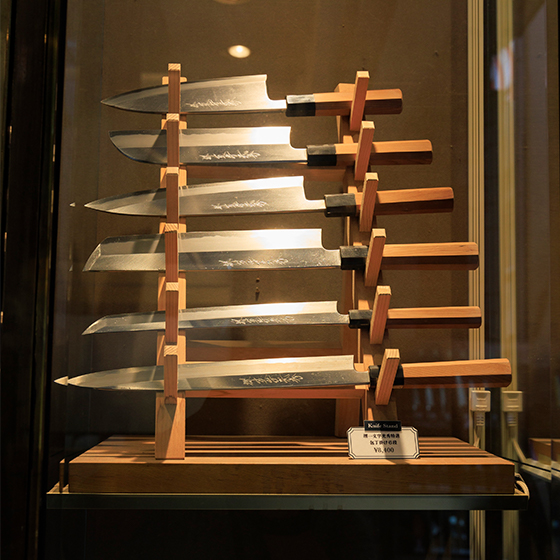
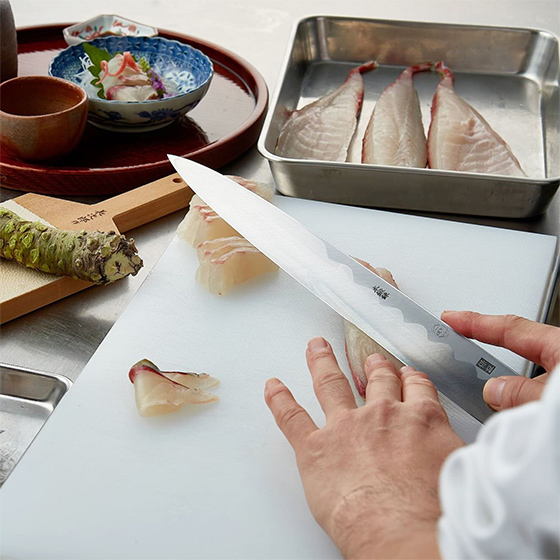
Another amazing thing about Japanese knives is that, despite being so sharp, they can have a surprisingly long lifespan. So much so that Japanese knives are said to last a lifetime. Of course, maintenance is necessary to prevent rust and chipping. But some well-cared for knives are actually passed down to the next generation. Don’t you think it’s wonderful that tools can be used even after a loved one is gone and be a way to hold on to memories?
Two Thousand Types to Choose from—Find the Knife that’s Perfect for You!
The majority of Japanese knives are produced in three specific parts of the country—Sakai (Osaka Prefecture), Sanjo (Niigata Prefecture), and Seki (Gifu Prefecture). And Sakai Ichimonji Mitsuhide produces, sells, and maintains knives from Osaka’s very own Sakai, a region that has been producing blades for centuries.
The Sakai Ichimonji Mitsuhide shopfront is located in Dōguyasuji shopping street. This street is only about 150 meters long running north to south, on the east side of Namba Station on the Nankai Electric Railway and Osaka Metro. The street is famous for the volume and quantity of kitchenware and other food-related products that are on sale in this one tiny street.
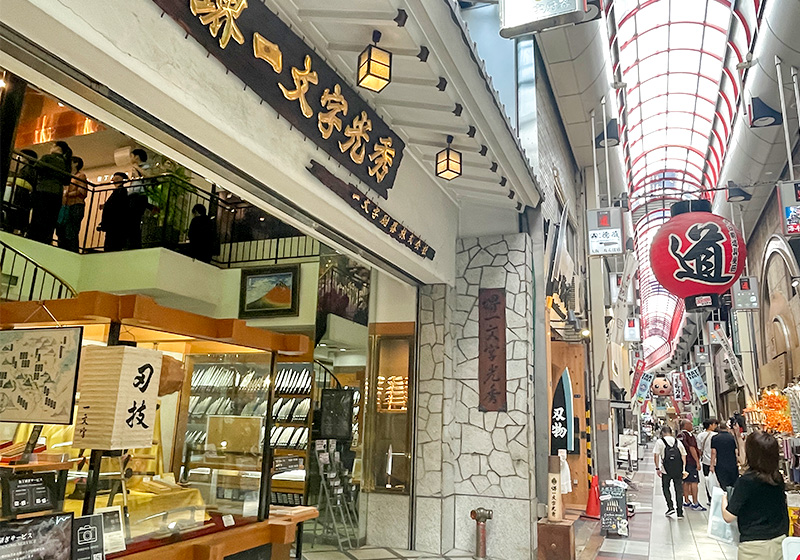
Sakai Ichimonji Mitsuhide prides itself on selling knives that are incredibly sharp, very durable, and beautiful to look at.
The shop first opened when founder Hisaka Tanaka, who had studied blacksmithing in Sakai, set up shop here 70 years ago. And the store has been providing professional chefs with high-quality knives ever since.

When you approach the store, you’ll see a case of Japanese swords on display.
How exciting to see them right before your eyes!
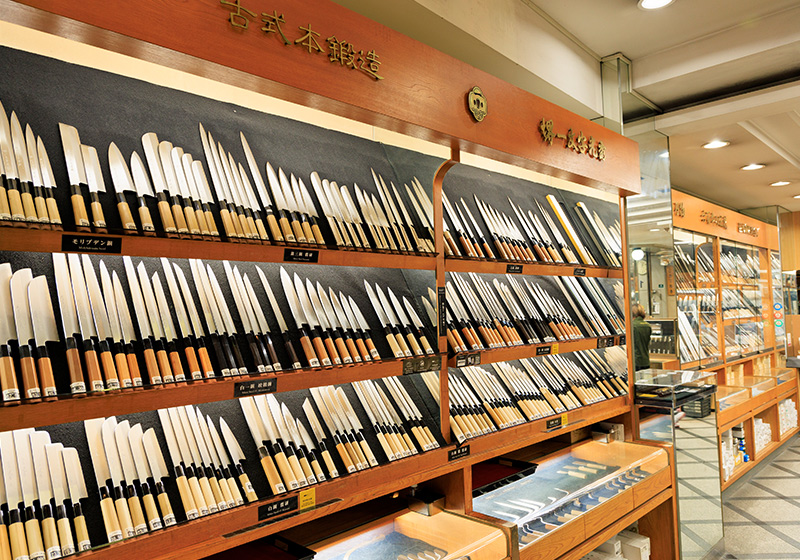

Inside the store, there is a line-up of Sakai Ichimonji Mitsuhide brand knives, a brand which has received continuous support from top-class chefs for decades. It’s incredible to see the level of skill and passion that goes into making each individual knife.

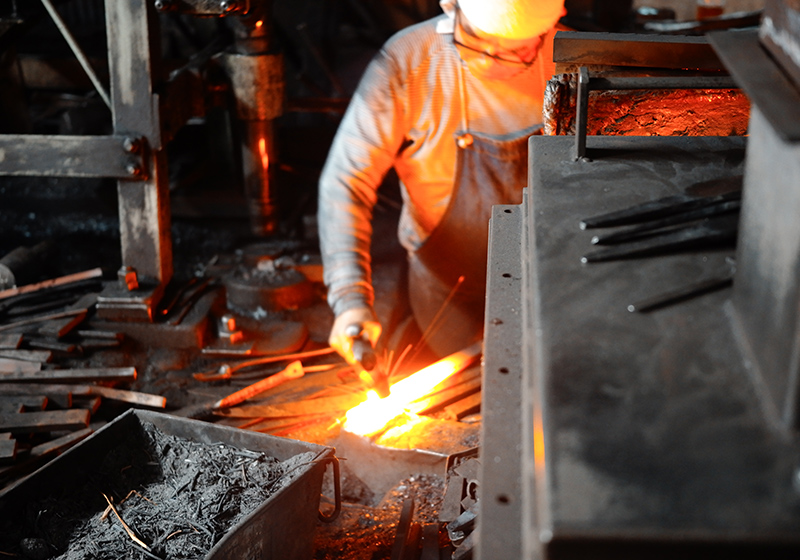
The majority of Sakai knives are single-bevel knives, which means the cutting blade is only sharpened on one side. This edge is very sharp and the knives are special in that they are able to slice through the fibers of foods without crushing them. The innate power of these tools surely played a role in earning Osaka its reputation for being a foodie city.
Sakai Ichimonji Mitsuhide primarily sells Japanese knives that were proudly made in Sakai. They also sell Western knives and knives for home use. In fact, there are over 2,000 different types of knives here. And when you are in the store you can try picking them up in your hand to see how they feel.
Their products are available over a wide range of price points. Household knives run between 8,000 yen to 80,000 yen.
Another interesting thing about Sakai Ichimonji Mitsuhide is that they do make left-handed knives. Because they are single-bevel, it makes a difference which hand you hold them in. And although most left-handed people who train to become chefs in Japan, are trained to be right-handed, it seems people from overseas train with their dominant hand, whichever that may be. So if you’re a leftie, don’t worry. Sakai Ichimonji Mitsuhide has a selection of knives for left-handed users. And they do order-made as well, in case you don’t find what you’re looking for.
Talk to the store staff about what kind of knife you are looking for, including if you need something left-handed. The staff can advise you on the different materials, sizes, what you intend to use the knife for, etc.
Let them help you find the perfect knife!
Leave the Maintenance to the Professionals, Our Techniques Can Restore Dull Knives
Naturally, you’ll want to continue using your special knife for a long time.
However, if you don’t have the proper knowledge about how to maintain your precious knife, you could end up ruining it. Specifically, the two most common problems with knives are rust and dullness.
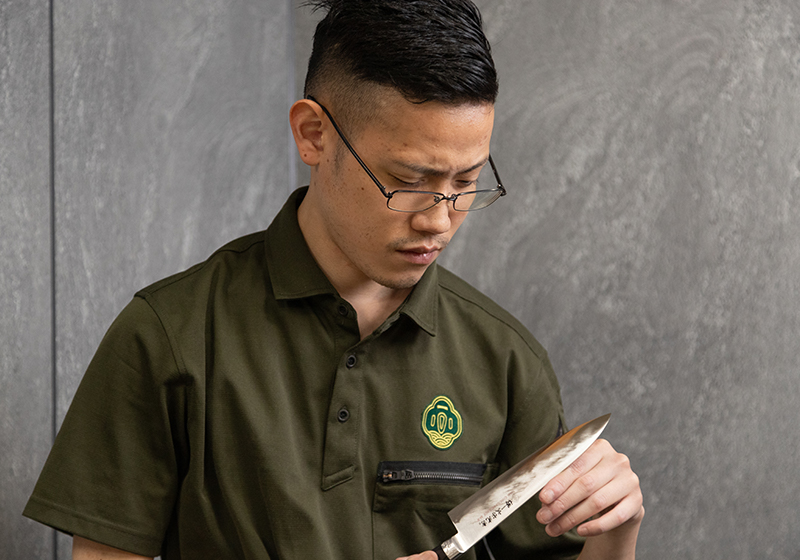
●Rust occurs without proper cleaning
Especially after cutting salty or acidic foods, be sure to wash your knife immediately and wipe off any moisture after washing. Even though stainless steel knives are less likely to rust, you shouldn’t be too careless. In the unlikely event that it does rust, it may be beyond repair. So it is important to take good care of your knives.
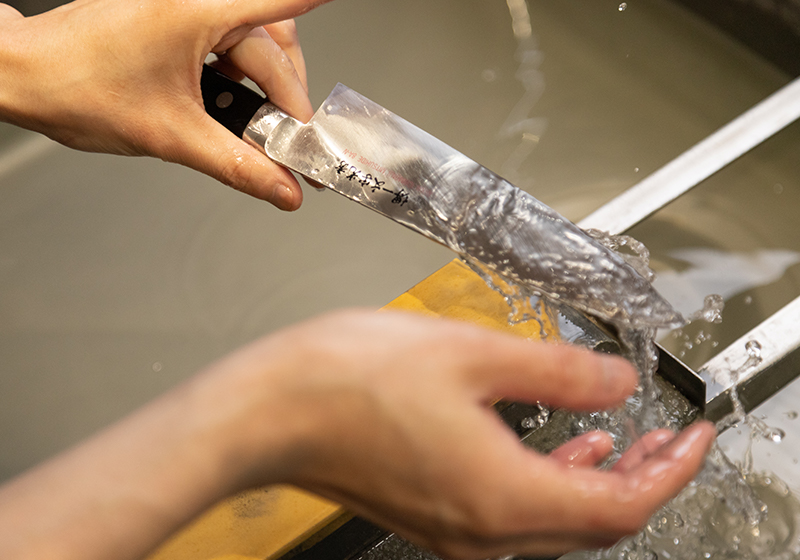
●Blades dull with use
Another problem with knives is that they become dull.
The reason a knife loses its cutting edge is because it comes into contact with the cutting board, causing the blade to wear out. When the cutting edge is rounded, it can slip while cutting, which is dangerous. Maintaining your knife, by sharpening with a whetstone, is very important.
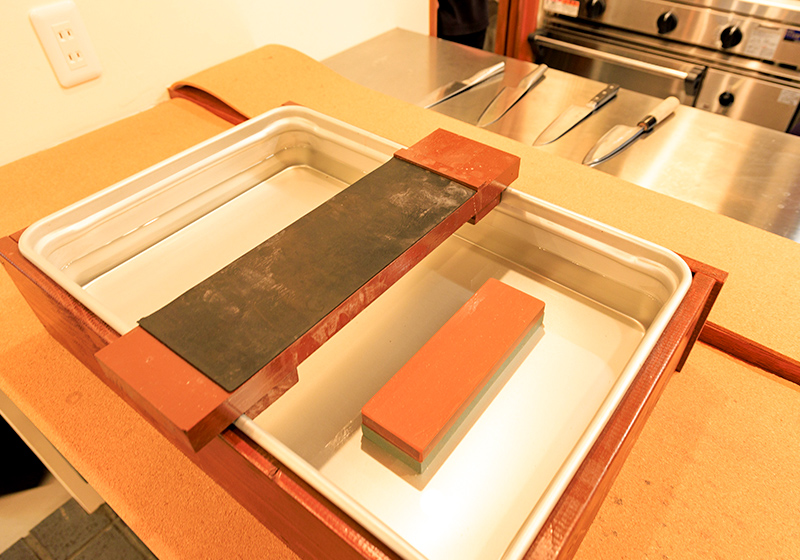
However, knives are tools that we use on a daily basis. Even with regular maintenance, you can still run into problems. For example, the handle may crack as the materials deteriorate over time.
I asked the store clerk what to do to prevent this.
He told me, “Major manufacturers generally sharpen knives by machine, but at our shop, everything is sharpened manually. Our professionals carefully assess the type and size of the knife, the steel material, and the condition of the blade, before working on a blade and then carefully bring it up to optimum sharpness.”
Wow! It’s nice to know you can rely on the top-notch skills of a professional.

By the way, if you purchase a knife at Sakai Ichimonji Mitsuhide, you’ll receive a free resharpening service coupon. This service ticket has no expiration date and can be used even after 10 or 20 years! In some cases, customers have brought in knives that their parent’s had purchased a long time ago, which they want to care for as keepsakes.
New Event Space—ICHITOI—Promoting the Future of Japanese Food Culture and Cutlery
When I was exploring the Sakai Ichimonji Mitsuhide store, I noticed a spiral staircase. Naturally, I started to wonder what was on the second floor.
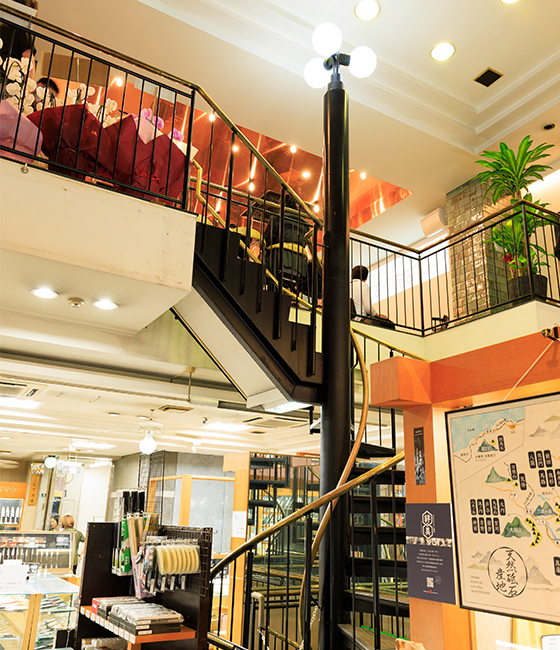
So I asked the staff. It seems they have a brand new event space called “ICHITOI” upstairs.
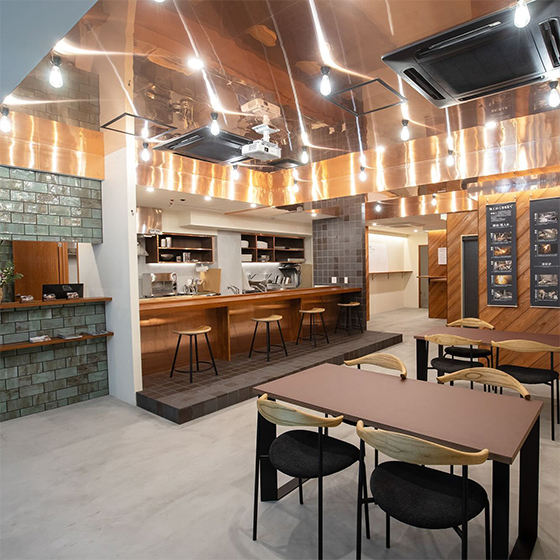
In addition to an area equipped for seminars, the second floor area was very spacious with an open kitchen.
I asked the staff why they created a space like this. And the answer was very interesting.
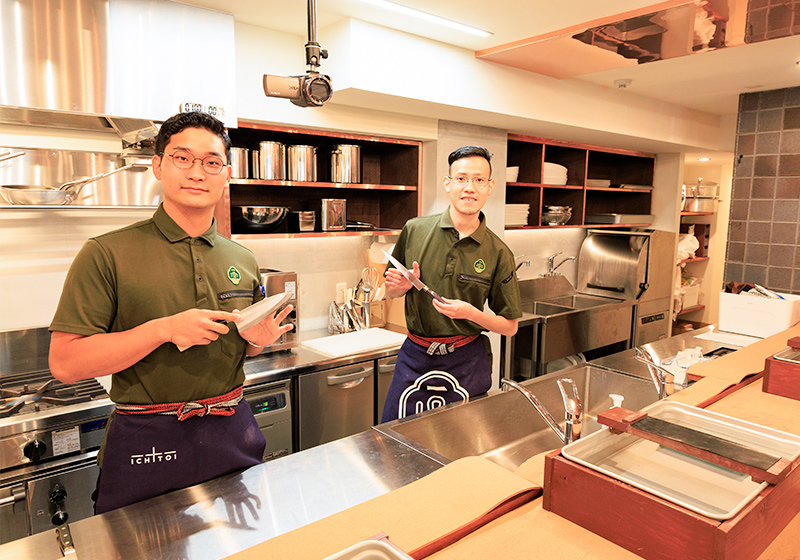
Apparently, there is a looming sense of crisis regarding Japanese food culture and the utensils that go along with it. This is because Japanese food and utensils are ever-changing. And while there is some good news, like the fact that washoku (traditional Japanese cuisine) became a registered UNESCO Intangible Cultural Heritage in 2013, or that the number of Japanese restaurants has increased sevenfold in the past 17 years, Japanese knife production and sharpening still need to be cherished and protected. The reality is that fewer households get their knives professionally sharpened and there is a trend to use cheaper, inexpensive items, that are more disposable. Furthermore, the number of knife craftsmen is decreasing.
In order to improve the situation, friends from 11 fields—local shopping districts, tool production areas, food producers, educators, administrators, media, intercultural experts, traditional craftsmen, users, makers, and those in the shipping industry—decided to work together, sharing stories about their experiences, discussions, and other observations. In doing so, they hope to improve the outlook for Japanese cuisine. The name ICHITOI is a play on words which could be read as eleven.
They even had an opening event on October 1, 2024, where comedian Kogaken, who has also been trained as a chef, took to the mic. He participated in a talk show and a knife sharpening demonstration. How fun!
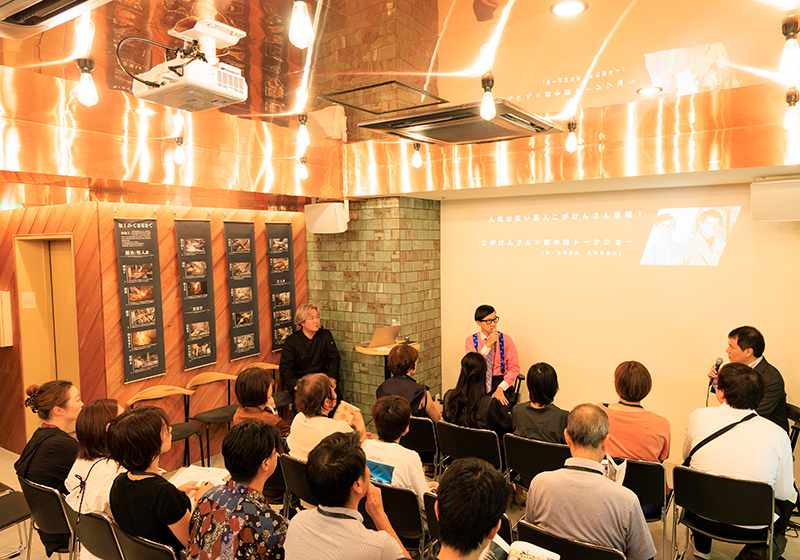

They will continue holding workshops to explore new forms of traditional arts and talk sessions to discuss the future of food in ICHITOI. So be sure to check their instagram account for information about upcoming events!
→ Instagram: sakai_ichimonji
Sakai Ichimonji Mitsuhide has an amazing selection of top-notch products and excellent maintenance services. Moreover, they have a holistic approach to supporting everyone involved in the cooking industry, using traditional techniques that have been employed for over 600 years. No wonder it’s a popular place! When you come to Osaka, definitely stop in for a visit!
●Sakai Ichimonji Mitsuhide
Address: 14-8 Namba Sennichimae, Chuo-ku, Osaka
Access: 5-min. walk from exit 4 of Namba Station on the Osaka Metro Midosuji or Sennichimae lines, 5-min. walk from Namba Station on the Nankai Railway, 8-min. walk from exit 5 of Nippombashi Station on the Osaka Metro Sennichimae or Sakaisuji lines (map)
Hours: 9:30 am–6:30 pm (weekdays), 10:30 am–6:30 pm (weekends & holidays)
Official website: https://www.ichimonji.co.jp/

Osaka Bob FAMILY
The contents of this page were current at the time it was posted, but may differ from the present.
Text visible in this map is based on information from Map Tiler and may differ from actual geographical names.





